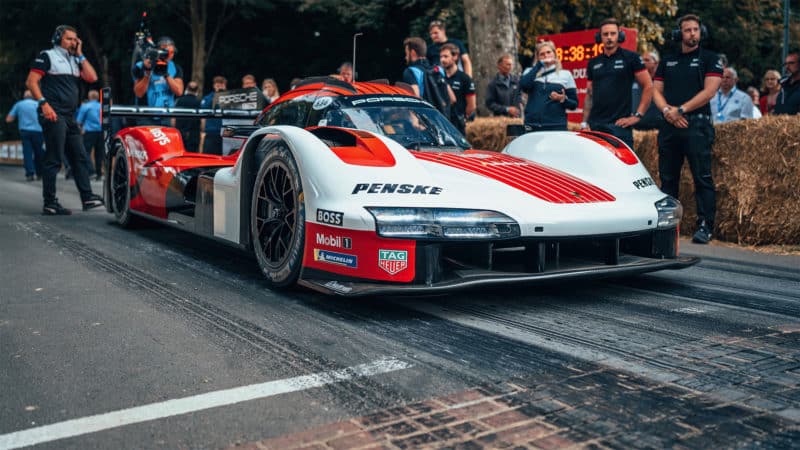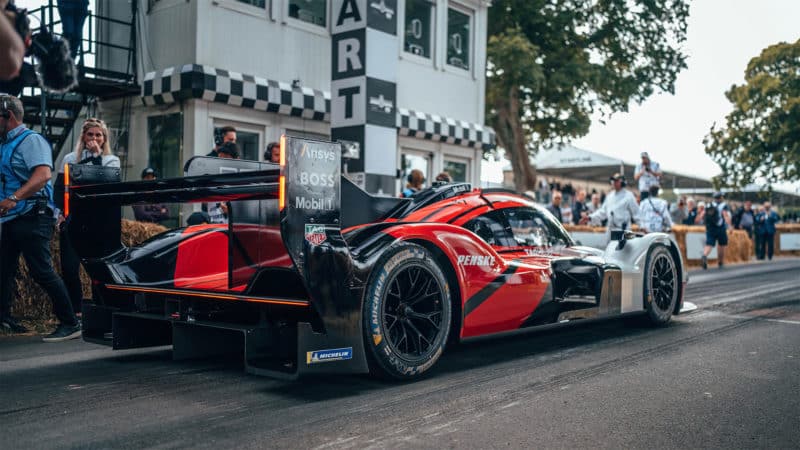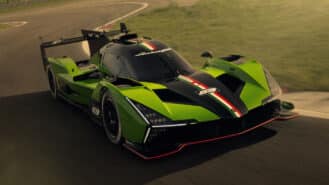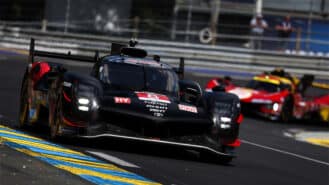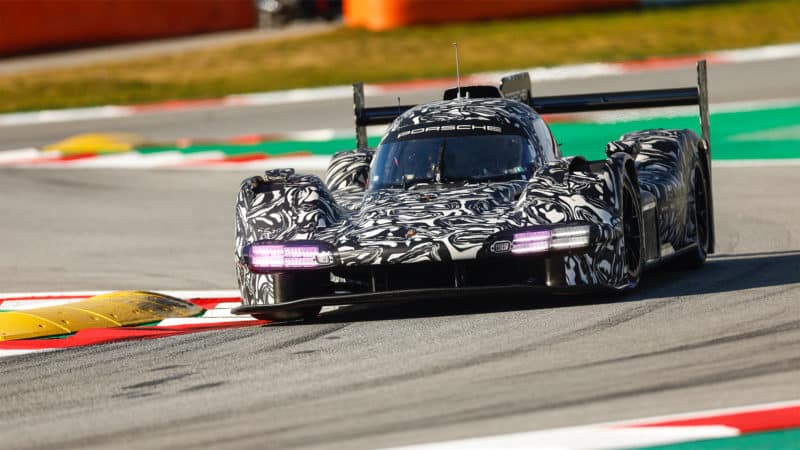The 963, like the new BMW, Cadillac and teased Acura image released so far, is a handsome thing, and along with the LMH entries we already know from Toyota and Glickenhaus, plus the striking Peugeot 9X8, it all bodes well for an attractive grid of racing cars that actually don’t all look alike. That’s not very 21st Century, is it?
“It’s down to the LMDh rules,” says Laudenbach. “You have to hit certain aero figures, a certain ballpark where everybody is the same, which means you don’t put in tons of money in optimising the shape and it gives you freedom for a car with a face that has the Porsche look. This is the reason why we have such nice looking cars out there.”
The only cloud over the new era is also why it exists at all. Balance of Performance is controversial, as we have seen in GTE, but without it we wouldn’t be witnessing the flood of manufacturers heading back into sports car racing right now. But are we comfortable that BoP might well become the deciding factor over who wins Daytona, Sebring and Le Mans outright? For once, pity the poor regulators who will have to manage the formula – and the lobbying they will face from aggrieved sports bosses facing heat from their boards.
Laudenbach understands the doubts only too well. “I’m happy to look at it as a challenge and as a chance,” he says. “As you say, if we didn’t accept BoP I don’t think we would ever have what we are facing now. If we want to have this convergence [of regulations between LMH and LMDh] and cost control we have to accept BoP. Now we have to get it right. But we have a certain trust in the sanctioning bodies, otherwise we wouldn’t participate.”
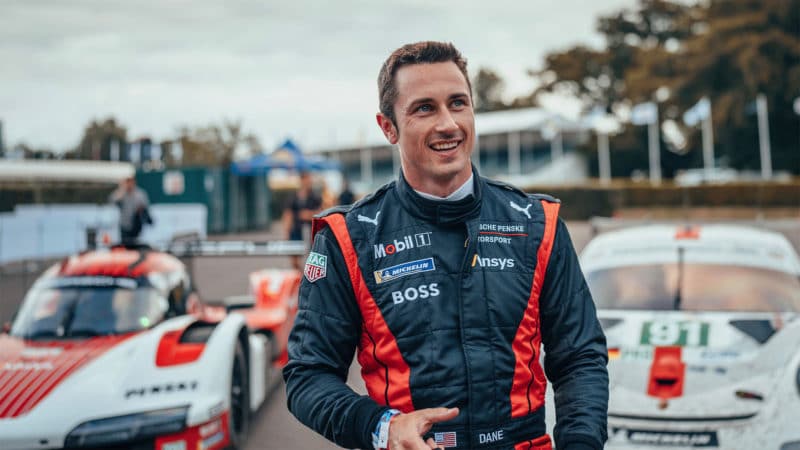
Dane Cameron and Andre Lotterer are bringing the experience to Porsche, with the rest of its driving crew coming from its youthful GT set up
Porsche
What he says next verges on altruistic idealism: “To me, every competitor has a responsibility to give his contribution. We have it in our hands together to get it right. Yes it is not easy. But I always want to look at it in a positive way, as a chance for a new era of endurance racing. All together we have to get it right so that everybody who comes to race can say ‘I had a fair chance to win’. Now we have got to make a perfect job.”
Does he really expect major car makers to play nicely? Won’t the new era quickly explode if only a couple soak up all the victories and titles?
“Everybody has got to follow some rules and treat each other fairly,” says Laudenbach. “What do I mean by that? If everybody just tries to get an advantage over the others through BoP it doesn’t work.”
